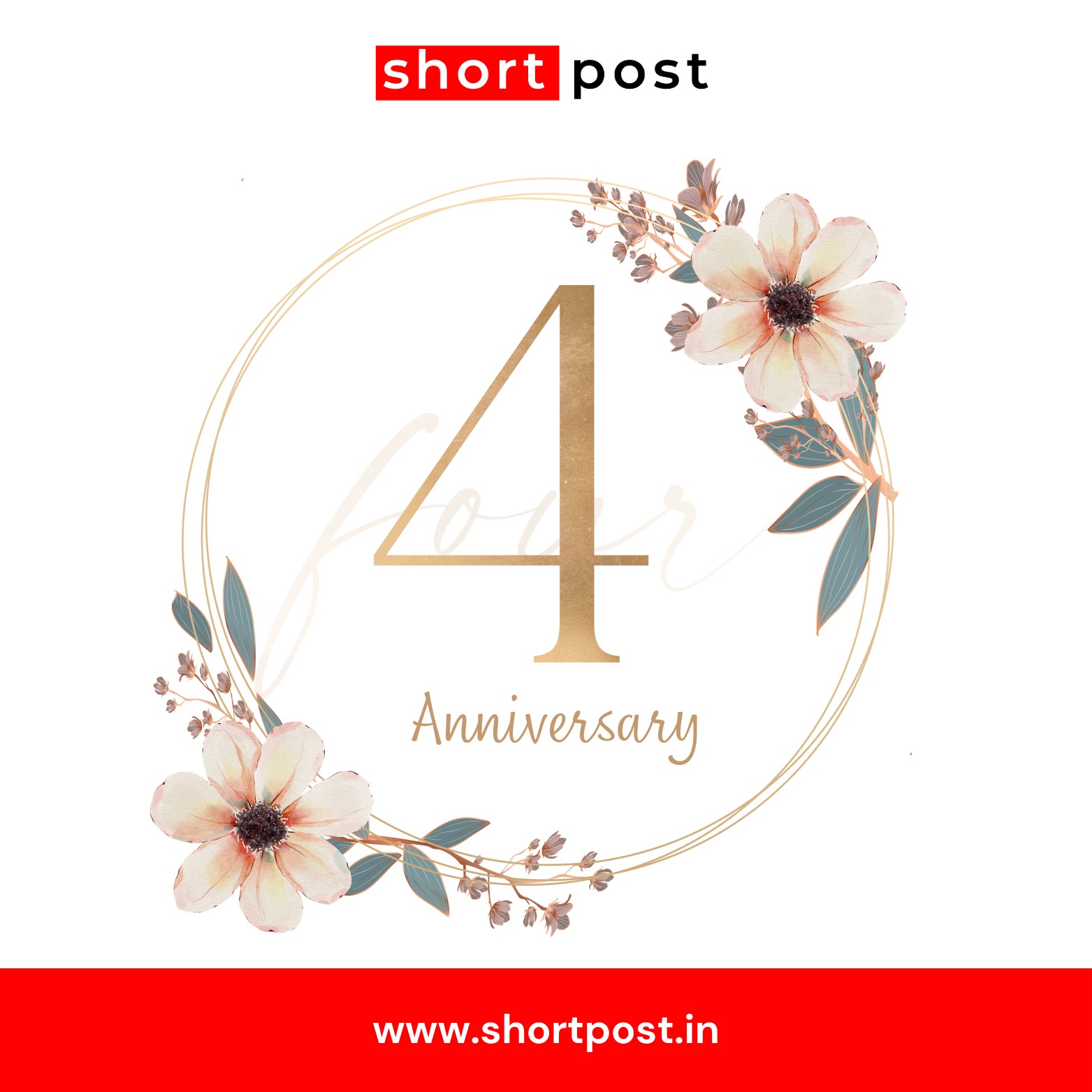This Dussehra weekend produced a striking box‑office lesson: Rishab Shetty’s Kantara Chapter 1, a regional franchise title released in multiple languages, dramatically outperformed the new Hindi release Sunny Sanskari Ki Tulsi Kumari starring Varun Dhawan despite modest marketing for both. Kantara’s all‑language opening was reported at Rs 60 crore, with the Hindi version alone contributing Rs 19.5 crore on day one; SSKTK’s day one tally was roughly Rs 9 crore. On day two Kantara held very strong — around Rs 43.65 crore across languages, with the Hindi slice at about Rs 12 crore — taking a two‑day cumulative near Rs 105.5 crore, while SSKTK dropped to about Rs 5.25 crore on day two, totalling roughly Rs 14.25 crore across two days. Those numbers are revealing. First, the Hindi‑belt audience clearly embraced Kantara’s Hindi version at levels more than double SSKTK’s in the initial 48 hours. This suggests that a compelling story, rooted identity and franchise momentum from the South can translate into pan‑Indian box office power, even against a star‑led mainstream Hindi release. Second, the performance underscores how audiences today often prioritize spectacle, strong world‑building and franchise potential over conventional star vehicles, especially during holiday windows when families seek high‑energy, communal viewing experiences. For Hindi industry stakeholders the takeaway is urgent: star power alone may no longer guarantee opening weekend dominance. Building durable IP, investing in cross‑lingual accessibility, and crafting marketing that conveys the film’s scale and emotional stakes are critical. Simultaneously, distributors and producers should respect release timing and ensure robust promotional pushes in non‑native markets. Kantara’s success is not merely regional pride; it is a reminder that content that feels native yet universal, backed by smart release strategy, can outshine traditional formulas and reshape audience expectations across India.

 Politics
Politics Business
Business Entertainment
Entertainment Sports
Sports Celebrities
Celebrities





